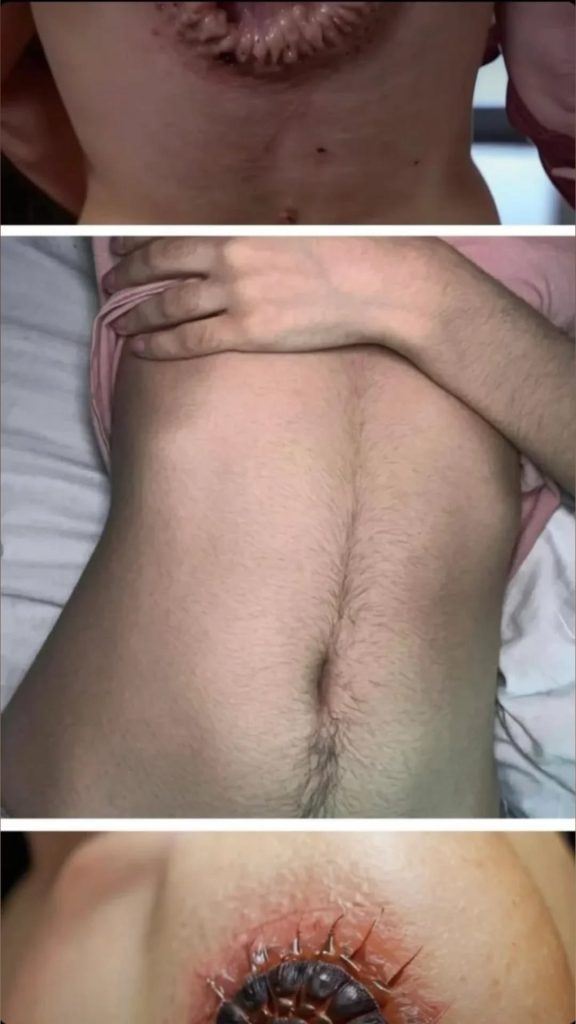Our skin is far more than just a protective covering. It’s a bustling ecosystem teeming with life, most of it microscopic. 🧬 Among the many tiny organisms that live on our skin, bacteria play a crucial role in keeping our bodies healthy — and sometimes, they can be the cause of problems too.
Let’s dive into the fascinating world of skin bacteria — the good, the bad, and the essential! 🌍✨
🧫 What Are Skin Bacteria?
Skin bacteria are part of the human microbiome, the vast collection of microorganisms that live on and inside the human body. The skin microbiome includes bacteria, fungi, viruses, and even microscopic mites. 🐜
Most of these microbes are harmless or even beneficial. They live in different parts of the skin, depending on the environment — oily, dry, moist, or rough. Some of the common habitats include:
-
🧴 Oily areas (like the face, chest, and back)
-
💧 Moist areas (like the armpits, groin, and between toes)
-
🍃 Dry areas (like forearms and legs)
🧍♂️🧍♀️ The Role of Bacteria on the Skin
✅ 1. Protection Against Harmful Invaders
Good bacteria act as a natural defense system. They:
-
Compete with harmful microbes for space and nutrients
-
Produce antimicrobial substances
-
Educate the immune system to recognize threats
Think of them as microscopic bodyguards 🛡️ protecting you from pathogens like Staphylococcus aureus (which can cause skin infections).
✅ 2. Skin Health and Balance
A balanced bacterial community helps:
-
Maintain the skin’s pH level ⚖️
-
Keep inflammation in check 🔥
-
Support wound healing 🩹
✅ 3. Communication with the Immune System
Some skin bacteria “talk” to your immune cells to let them know that they’re friendly, preventing unnecessary immune responses. 🤝
🚨 When Bacteria Become a Problem
While many bacteria are friendly, trouble starts when:
-
The skin barrier is broken (e.g., by cuts or abrasions)
-
There’s an imbalance in the microbiome (called dysbiosis)
-
Certain harmful bacteria overgrow
⚠️ Common Bacterial Skin Conditions:
-
Acne 😣
-
Often linked to Cutibacterium acnes
-
Inflammation and clogged pores are the main culprits
-
-
Impetigo 🧒
-
A contagious skin infection caused by Streptococcus or Staphylococcus aureus
-
Common in children; causes red sores and blisters
-
-
Cellulitis 🔥
-
A potentially serious infection of the deeper skin layers
-
Often caused by Staphylococcus aureus
-
-
MRSA (Methicillin-Resistant Staphylococcus aureus) 🧪
-
A drug-resistant superbug that can cause serious infections
-
Needs prompt medical treatment
-
🧴 How to Care for Your Skin Microbiome
Just like a garden needs proper care, your skin microbiome needs balance and protection. 🌿 Here’s how to support it:
🌞 1. Avoid Over-Cleansing
Harsh soaps and excessive scrubbing can strip away beneficial bacteria. Choose gentle cleansers. 🧼
💧 2. Moisturize
Keeping your skin hydrated helps maintain a healthy barrier and supports good microbes. 🧴
🛁 3. Rethink Antibacterial Products
Use antibiotics and antibacterial soaps only when necessary — they kill both good and bad bacteria.
🥗 4. Eat a Healthy Diet
A balanced diet rich in vitamins, healthy fats, and probiotics can help your skin and its microbiome from the inside out. 🥦🍓
😴 5. Reduce Stress
Chronic stress can harm your immune system and your skin microbiome. Try mindfulness, sleep, and relaxation techniques. 🧘♀️💤
🔬 The Future: Skin Microbiome Therapies
Scientists are now exploring probiotic skincare and bacteria-based treatments to restore balance and treat conditions like eczema, acne, and psoriasis.
Imagine a world where you treat a rash with a spray of healthy bacteria instead of steroids! 💉➡️🧴

